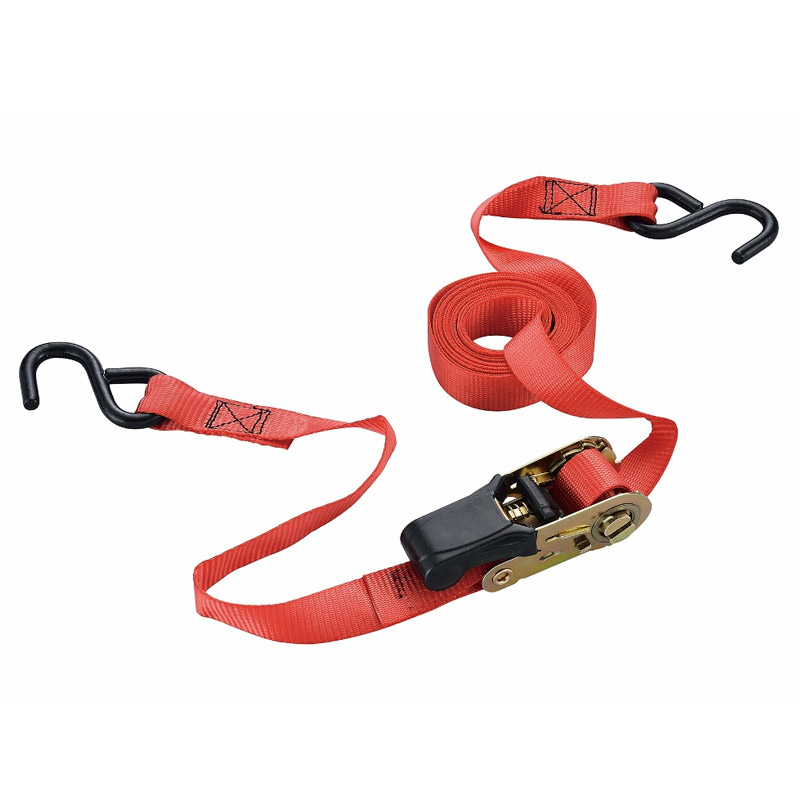roof bracing steel
Understanding Roof Bracing Steel Its Importance and Applications
Roof bracing steel plays a crucial role in the construction and stability of buildings, particularly in regions subjected to high winds, snow, and seismic activity. This article will delve into the significance of roof bracing steel, its types, design considerations, and its impact on both safety and aesthetics in modern architecture.
What is Roof Bracing Steel?
Roof bracing steel refers to structural components made from steel that are used to provide stability and resistance against various forces acting on a roof structure. These braces are installed to prevent lateral movement or deformation, ensuring that the roof maintains its shape and integrity under load. They can be found in various construction types, from residential homes to commercial buildings and industrial structures.
Importance of Roof Bracing Steel
1. Structural Stability One of the primary functions of roof bracing steel is to enhance the overall stability of a building. By distributing loads evenly and providing support against lateral forces, roof bracing systems help prevent structural failure during adverse weather conditions, such as heavy winds and storms.
2. Load Resistance Roofs must be designed to bear various loads, including the weight of roofing materials, snow accumulation, and equipment. Bracing steel helps to increase the load-bearing capacity of the roof, ensuring it can withstand these demands without suffering from sagging or collapse.
3. Seismic Performance In earthquake-prone areas, roof bracing is particularly vital. It helps buildings resist lateral forces generated during seismic events, reducing the likelihood of catastrophic failures. The use of steel braces makes it easier to design and fabricate buildings that comply with stringent seismic codes.
4. Durability and Maintenance Steel, as a material, is known for its strength and longevity. Roof bracing steel provides a durable solution that requires minimal maintenance over time. Unlike wood or other materials susceptible to rot and pest infestation, steel can endure the test of time when properly treated and coated.
Types of Roof Bracing Steel
Roof bracing systems come in various forms, each serving specific structural needs
roof bracing steel

- Cross Bracing This type involves placing diagonal braces in an 'X' formation, providing significant resistance to lateral forces. It is commonly used in both roof and wall structures.
- K-Bracing This design features diagonal braces that connect to vertical posts in a ‘K’ shape. K-bracing is known for its effectiveness in enhancing the stiffness of the frame.
- Chevron Bracing Similar to cross bracing, chevron bracing consists of diagonal supports that connect to a central upright, forming a ‘V’ shape. This method is particularly useful in reducing the weight of the structure while maintaining stability.
Design Considerations
When integrating roof bracing steel into a construction project, several design considerations must be taken into account
1. Calculating Loads Engineers must carefully calculate the expected loads, including snow, wind, and seismic forces, to ensure the bracing system can adequately support these forces.
2. Material Specifications Choosing the right grade of steel is vital for ensuring durability and performance. High-strength steel is often preferred for its ability to resist deformation under stress.
3. Aesthetic Integration In contemporary architecture, bracing systems can be a design feature rather than merely functional elements. Architects often aim to integrate steel bracing into the overall aesthetic of a building, creating visually appealing structures that showcase their engineering.
4. Safety Regulations Compliance with building codes and safety regulations is imperative. Engineers and architects must work together to ensure that all designs meet local and national standards for structural integrity.
Conclusion
Roof bracing steel is an indispensable component of modern construction, ensuring that buildings remain safe and sound against various environmental challenges. By understanding its importance, types, and design considerations, builders and architects can create durable structures that not only perform well but also enhance the visual appeal of our built environment. As technology and engineering methods evolve, the role of roof bracing steel will continue to grow, leading to safer and more resilient buildings for future generations.
-
Weatherproof Plastic Expansion Anchors for OutdoorNewsJun.06,2025
-
Sustainability in the Supply Chain: Eco-Friendly TEK Screws ProductionNewsJun.06,2025
-
Load-Bearing Capacity of External Insulation FixingsNewsJun.06,2025
-
Double Head Bolts: Enhancing Efficiency in Industrial MachineryNewsJun.06,2025
-
Corrosion Resistance in Chipboard Screws: Coatings for Wholesale DurabilityNewsJun.06,2025
-
Butterfly Toggle Bolts : Enhancing Structural ResilienceNewsJun.06,2025
